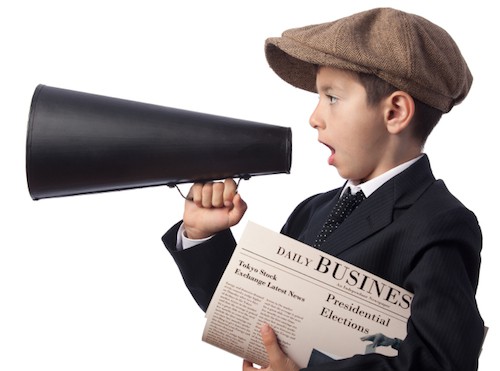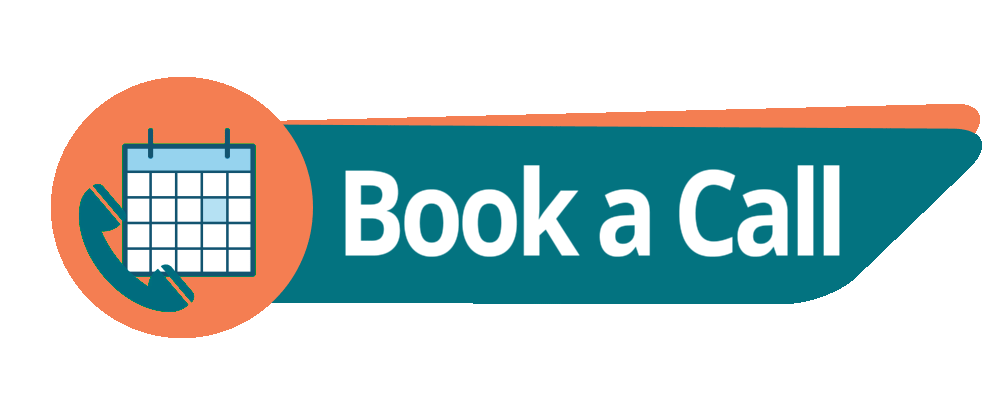
A frequently published B2B email newsletter predominantly impacts B2B digital marketing strategy. Newsletters are the cost-effective if ineffective, option to nurture prospects and help manage a relationship over a client’s lifetime.
Table of Contents
The B2B newsletter commonly serves multiple purposes, including:
• Appeal to prospective leads.
• Jog pipelined prospects closer to a sale.
• Help establish interaction with customers and reinforce their decision to buy from you.
• Set up or boost the company’s authority as a thought leader.
Make your newsletter more compelling by putting yourself into a B2C marketer instead, to hone your focus on creating a more reader-centric newsletter. Through this article, you will be acquainted with some B2C tactics that can help you create a more focused and readable B2B newsletter.
1. Avoid keeping the same stuff into each newsletter.
You might alienate readers who are running short of time or inclination to scroll through all of your prose.
Be careful and selective while choosing your newsletter content. Your articles should be on different topics to target a specific audience.
When you have to appeal to diversified audiences – prospects and customers, so it’s better to select a primary article that would be relevant to both.
Secondary articles target particular segments, but your showpiece copy must have the broadest appeal.
2. Attract readers to your website.
Email readers have shorter attention intervals and rigid standards for deciding what to be opened and what not. The importance of a click also allows you to regulate which articles engaged your readers and which ones dangled.
The long article is not at all competent for a multi-purpose newsletter. According to research, the typical reader allocates 4/5 seconds with email. If you can’t express your objectivity in 250 words or less, keep the weighty facts in the introduction at the same time link to the main story on the respective landing page on your website.
3. Go to a unique landing page for each article link.
Maximum newsletters drop readers onto the website’s home page. That’s the most unfavorable place to send them. There they are more inclined to get lost and click away than to get at the right article.
Create informative landing pages that should be linked to relevant areas of your website, for example, press releases, other case studies, etc. These can help a long way to send the readers deeper into your site.
These links make your readers engaged doing something else besides reading your content or clicking the “unsubscribe” button.
4. The Design of your newsletter should be ideal for scanning or mobile reading.
Redesigning your newsletter in an uncomplicated, more up-to-date format will bring advantages to readers on every platform.
The features help to enhance scanning and mobile reading:
• Vertical Layout
• Clear preheader with a call to action
• White space to segregate articles
• Shorter line lengths
• Tinier images
• Shorter paragraphs
• Fewer items in each newsletter
• Bulleted lists
Evaluate your email template periodically on diverse mobile platforms – Android Phone/iPhone/iPod Touch, or tablets – to get the right track.
B2B newsletters generally aren’t as image-bulky as B2C messages; hone your design on readability standards with images off. This is because most of your readers don’t implement images in HTML by default.
5. Rethink your prevalence.
Often it comes to mind, whether to go with a monthly newsletter to get enough contact with subscribers? Or we should break one big newsletter into two or more issues?
The best option for this is, going ahead with two shorter, individually different newsletters might give you more interaction with subscribers and allow you to specify each issue.
6. Use observable data to communicate editorial decisions.
Your email tracking and web analytics tools speak about your content categories that are getting clicked by readers. Take this data into account to guide your story choices for the newsletter as well as your inline navigation.
This observable data can also drive compelling content modules or help you develop distinct versions of your newsletter, targeted to diverse audiences, customer segments, etc.
Your company newsletter is the first place you contact potential customers. It should speak of your expertise, authority, and company personality comparatively in a small space. The appropriate design combined with the right content can be far more informative and the best newsletter to turn to.

